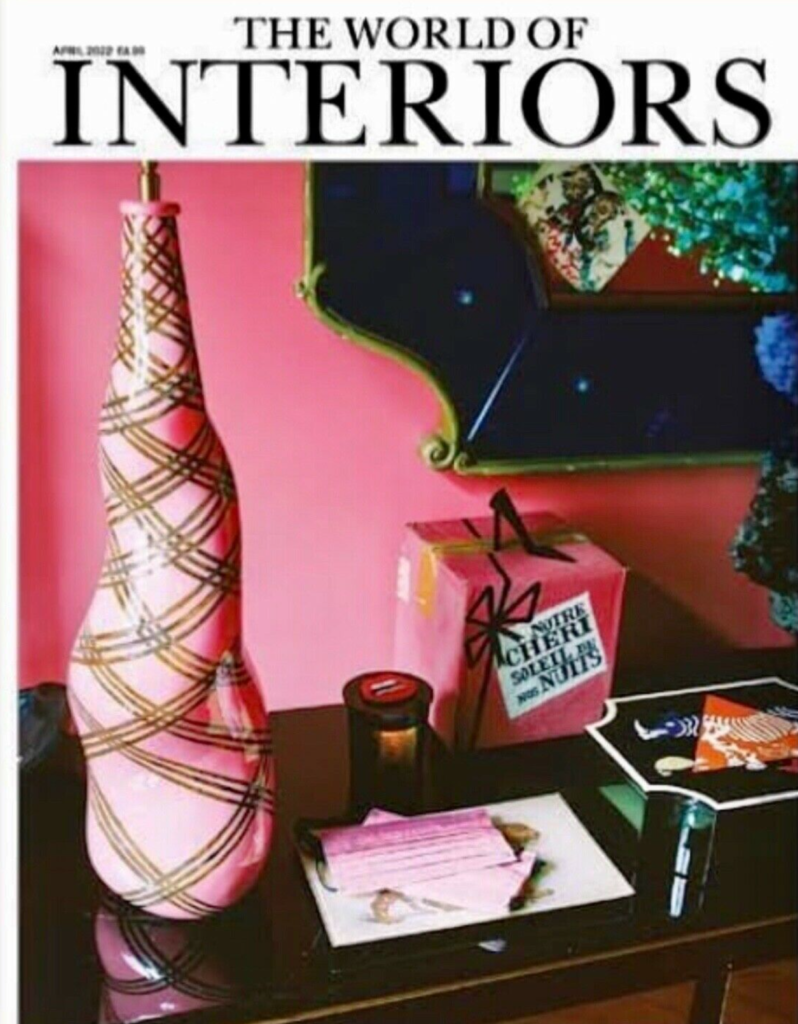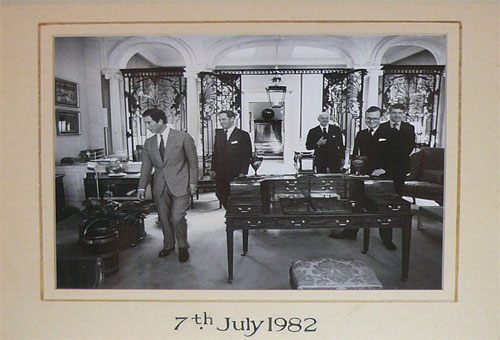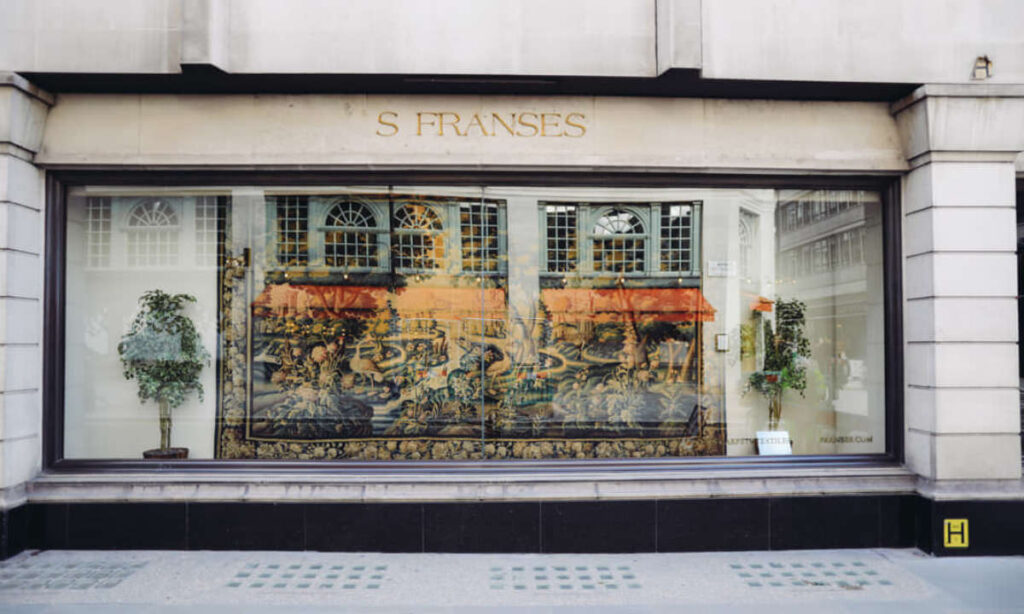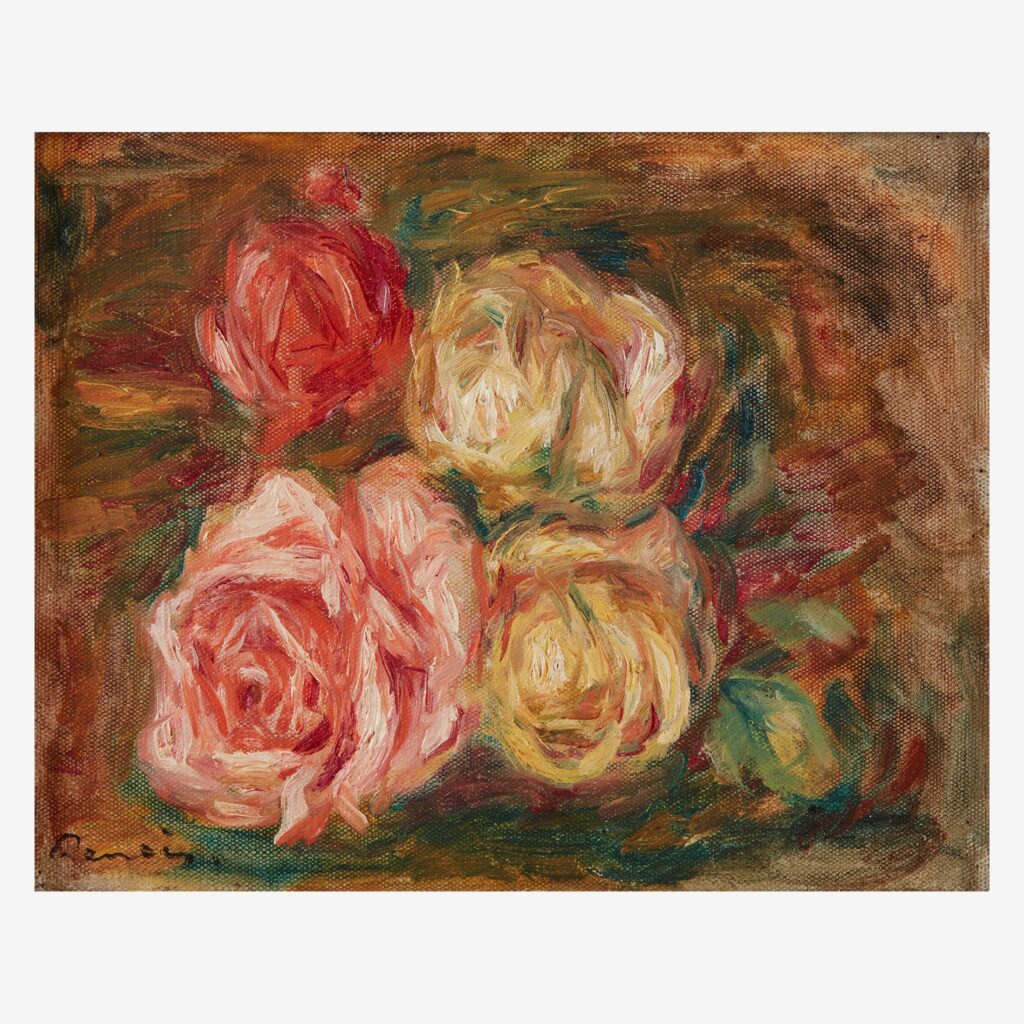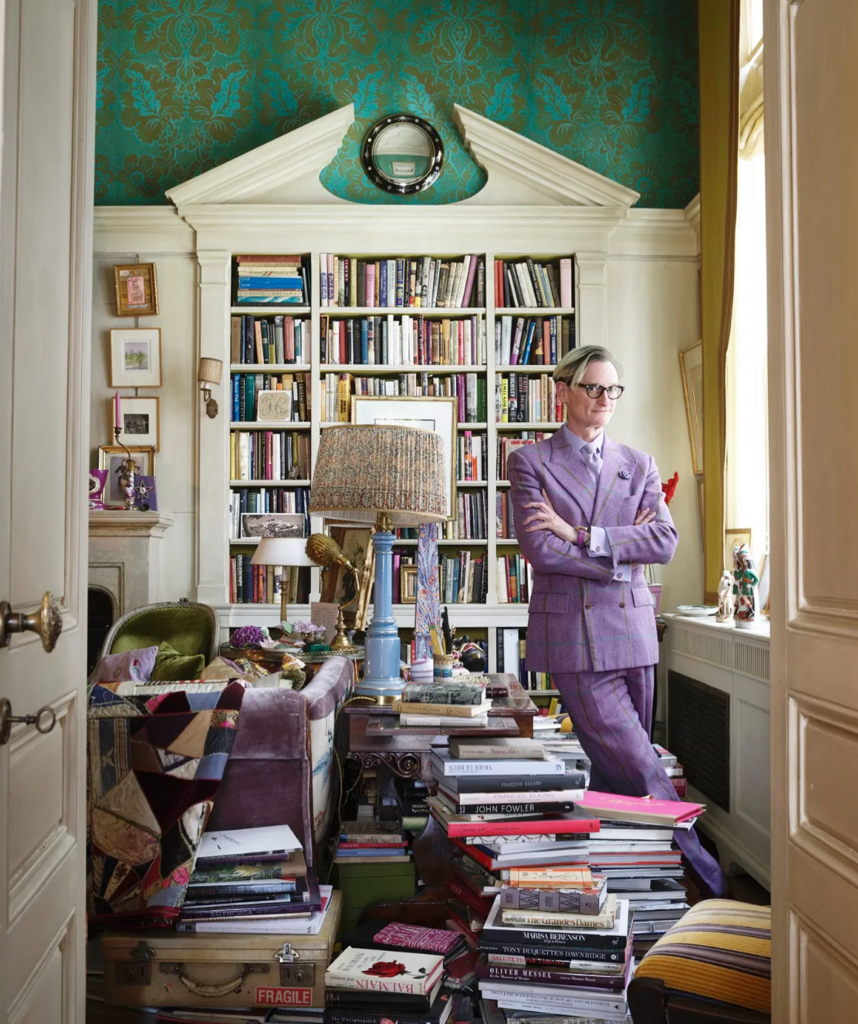
And I thought camp was dead. If you, gentle reader, mournfully thought so too then you’ll be cheered to read the debut letter penned by World of Interior’s new editor in chief, the self-described ginger fop himself, Hamish Bowles. Of course, that Rupert Thomas, founder editor Min Hogg’s long serving successor, was on his way out and Bowles was on his way in is old news, and it was in New York Magazine last fall I read an opinion piece that owner Condé Nast sought to remake the small circulation book into something more like its shall we say gauche American cousin Architectural Digest.
I have to admit, as I saw the size of not just its book but its editorial content shrink, I left off my subscription to AD where, at one time, we had advertised regularly. Perhaps it had something to do with how our advert featuring a 17th century lacquer cabinet on its giltwood stand tended not stand out against a three page lifestyle spread by Fendi. Call me old fashioned, or more likely, go ahead and say it, out of touch with the modern world, but the notion of mass market luxury goods seems a contradiction in terms.
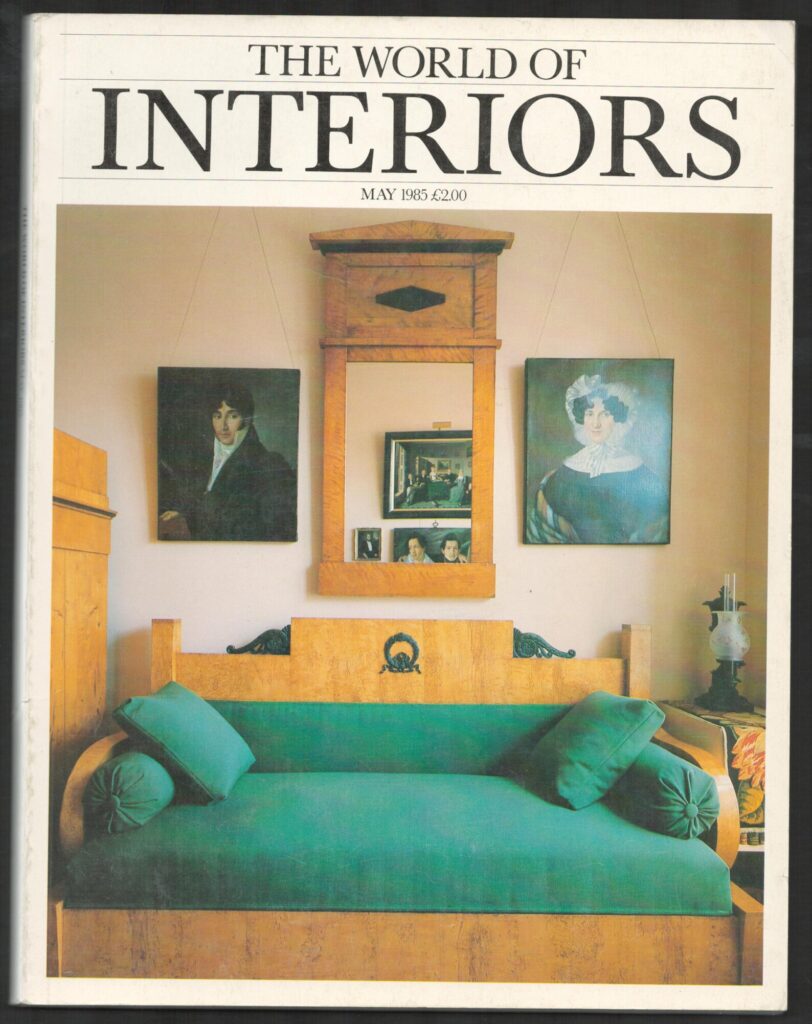
And so it was that I comfortably retreated to the sanctuary of World of Interiors. Its blend, I should say proper blend, of editorial including just the right mix of the cutting edge and the historic and traditional, was in the reading rather in the manner of coming home and sitting in a favorite chair, a respite following a long and unpleasant journey. But I suppose, in this day and age, where everything moves so fast, and if it doesn’t the generally received wisdom is that there is something pathologically amiss, that was considered by Condé Nast the magazine’s premier shortcoming. At a worldwide circulation of about 55,000 it could hardly compare to innumerable social media influencers whose followers often number in the millions. Given my age, temperament, experience, and dare I say it, aesthetic sense, my gentle readers might think it superfluous of me to ask ‘So what?’
But then, print media is in for the fight of its life, displaced by social media but as the old saw goes, if you can’t beat them, join them, and this is apparently what Condé Nast has charged World of Interiors to do. Min Hogg amongst her talents was also an intriguing, albeit rebarbative, personality. Rupert Thomas, less so, but loyal to Min’s vision, which as it was comfortably stable over his 22 year tenure must surely have been his vision, too. Hamish Bowles? Well, God bless him, eccentrically attention grabbing, and the larger than life size personality that seems to articulate well with social media. Does this then bode well for the success of WoI? Time will tell, but what I do know, the current issue that marks Bowles’ debut is a much larger book that while it looks like the old one in format, is significantly bulked up with adverts.
Oh, well, things change, nothing stays the same, I write while thinking wistfully I have over the last four decades enjoyed World of Interiors immensely. And, no, I have no plans to discontinue my subscription. I am sure, he writes sardonically, Condé Nast is relieved to hear it.
As Hamish Bowles concludes in his debut Editor’s Letter ‘Welcome to our new world!’

